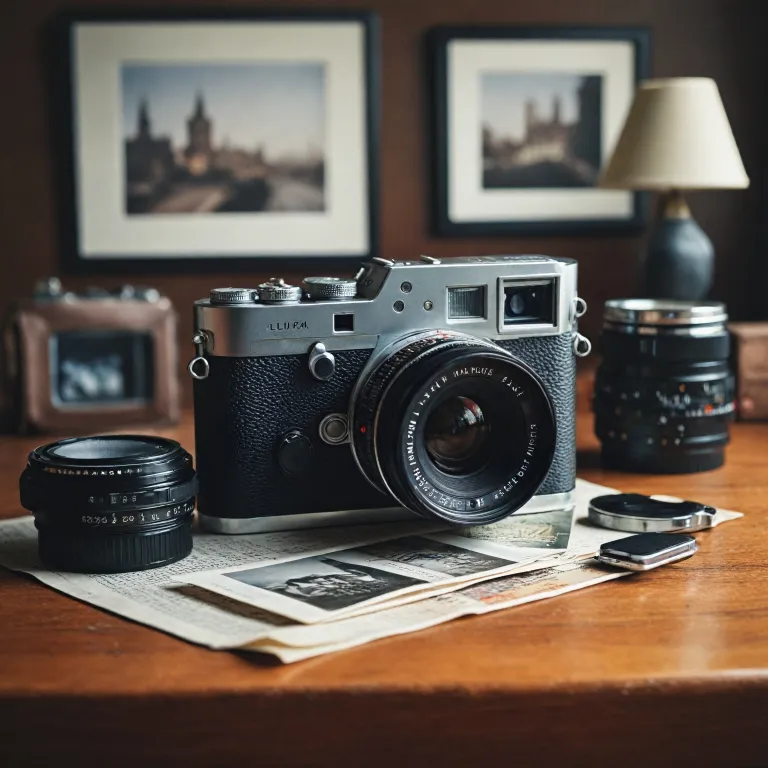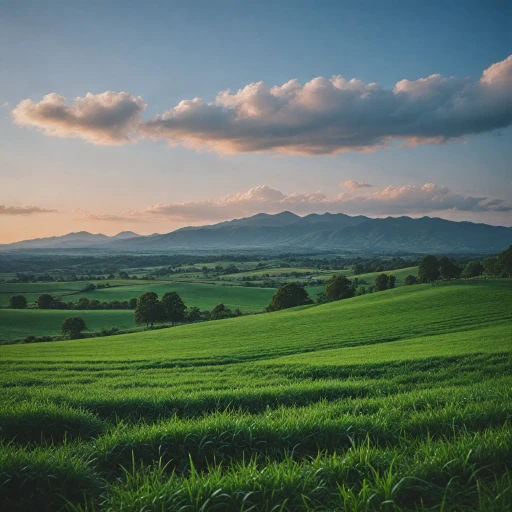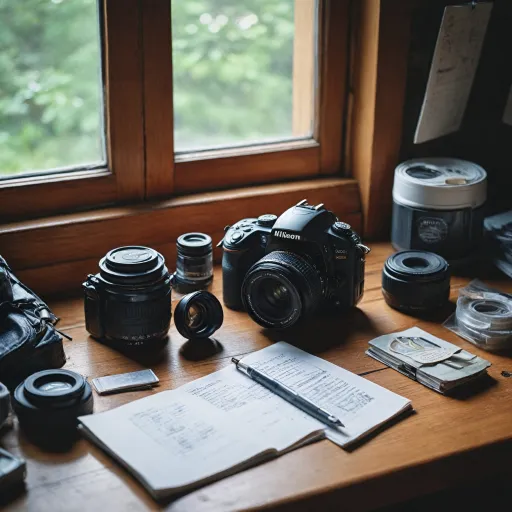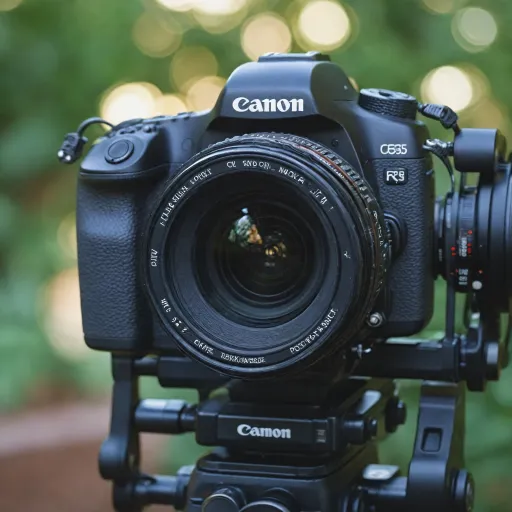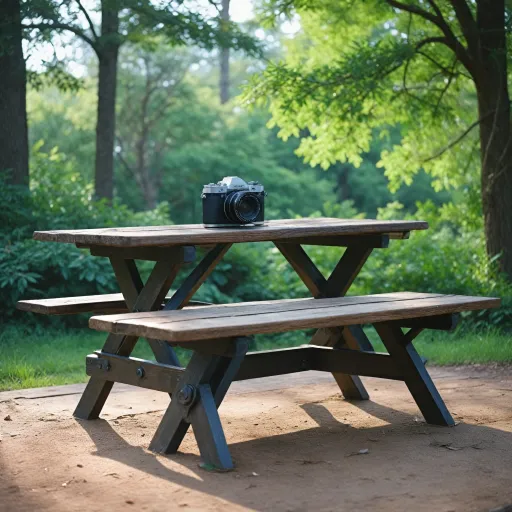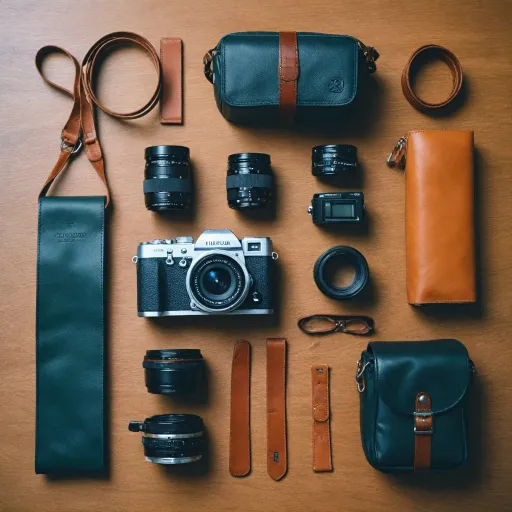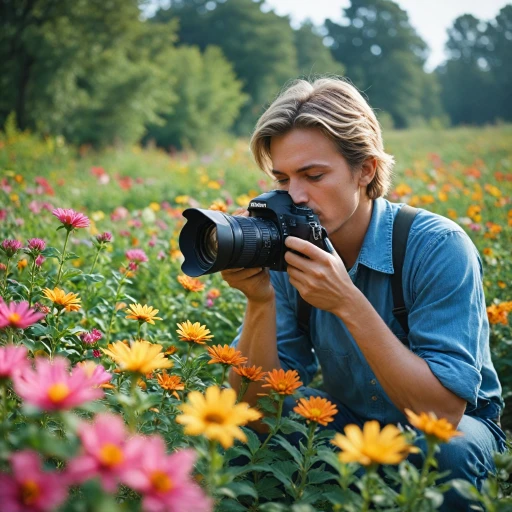
Understanding the camera leica m9’s unique sensor
What Makes the Leica M9’s Sensor Stand Out?
The Leica M9 is often celebrated for its unique sensor, which plays a central role in why this camera remains a favorite among photography enthusiasts. Unlike many modern digital cameras that use CMOS sensors, the M9 features a full frame CCD sensor. This choice is not just a technical detail—it shapes the entire shooting experience and the resulting image quality.
- CCD Sensor Characteristics: The full frame CCD sensor in the Leica M9 delivers a distinctive rendering that many compare to classic film cameras. Photographers often describe the images as having a certain depth and color richness, especially in black and white photography. The sensor’s ability to capture subtle tonal transitions makes it a strong choice for those who appreciate the look of film.
- Dynamic Range and Color: While the dynamic range may not match the latest CMOS sensors, the M9’s sensor produces colors that are often described as natural and pleasing. Skin tones, street photography scenes, and landscapes all benefit from this unique color science.
- ISO Performance: The M9’s sensor performs best at lower ISO settings, similar to shooting with film. In good light, the images are crisp and detailed. In low light, there’s a certain grain and character that some photographers find appealing, though it’s not as clean as newer digital cameras.
- Full Frame Advantage: The full frame size allows for shallow depth of field effects, especially when using fast lenses like the Leica Summilux or Leica Summicron. Shooting wide open at f/1.4 or f/2 gives images a signature look that’s hard to replicate with smaller sensors.
For those who value the tactile experience of photography, the sensor’s output is only part of the story. The M9’s build quality, manual controls, and compatibility with legendary Leica M-mount lenses all contribute to its enduring appeal. If you’re curious about how the M9’s sensor compares to other digital cameras from the same era, you might find this Canon XTi camera feature guide helpful for context.
Ultimately, the Leica M9’s sensor is a key reason why many photographers still choose this camera for both personal and professional work. Its unique rendering, combined with the classic rangefinder shooting experience, continues to attract those who appreciate the artistry of photography.
Build quality and design philosophy
Timeless Craftsmanship and Functional Elegance
The Leica M9 stands out in the world of digital cameras for its exceptional build quality and the philosophy that guides its design. Unlike many modern cameras that prioritize technological features, the Leica M9 is rooted in the traditions of film cameras, offering a tactile experience that appeals to both seasoned photographers and those new to the Leica system. The camera body is crafted from robust materials, giving it a reassuring weight and durability. This solid construction not only protects the sensitive CCD sensor inside but also contributes to the camera’s longevity, making it a reliable companion for day-to-day photography.
Minimalism Meets Functionality
Leica’s design philosophy is all about simplicity and direct control. The M9’s layout is uncluttered, with essential dials and buttons placed for intuitive access. The shutter button has a satisfying press, reminiscent of classic film camera mechanisms. This minimal approach encourages photographers to focus on composition and exposure, rather than getting lost in menus. The camera’s size is compact for a full frame sensor model, making it ideal for street photography and travel, where discretion and portability matter.
Rangefinder Precision and Manual Controls
One of the defining features of the Leica M9 is its rangefinder system. Unlike SLR or mirrorless cameras, the rangefinder allows for precise manual focusing, which is especially rewarding when using legendary Leica Summilux or Summicron lenses. The manual mode and aperture priority settings give photographers full control over shutter speed and exposure, letting them adapt quickly to changing light conditions. Shooting wide open or in low light, the camera’s controls respond with the precision expected from Leica cameras.
Built for Endurance and Legacy
Every detail, from the metal chassis to the tactile dials, reflects Leica’s commitment to quality. The M-mount system ensures compatibility with a wide range of lenses, both vintage and modern, allowing users to experiment with different optics and shooting styles. This enduring design philosophy has helped the M9 maintain its status among photography enthusiasts, even as newer digital cameras enter the market. For those interested in the latest advancements in camera software, you can learn more about recent software updates for modern digital cameras and how they compare to the timeless appeal of the Leica M9.
Manual controls and the shooting experience
Engaging with Pure Manual Control
The Leica M9 stands out in the world of digital cameras because it offers a shooting experience that is deeply rooted in the traditions of classic film cameras. Unlike many modern cameras that are packed with automatic modes and touchscreens, the M9 encourages photographers to slow down and engage with every aspect of image creation. This is a camera where you will set the aperture on the lens, adjust the shutter speed using the dedicated dial, and manually focus through the rangefinder. The tactile feedback from the shutter button and the mechanical feel of the controls make every press meaningful, connecting you to the act of photography in a way few digital cameras can match.
Rangefinder Precision and the Joy of Focus
Using the M9’s rangefinder system is a unique experience, especially for those accustomed to autofocus cameras. The rangefinder mechanism requires you to align two images in the viewfinder, which can be challenging but also rewarding. This manual focus approach is especially appreciated by street photography enthusiasts, who value the speed and discretion it offers. Shooting with the Leica Summilux or Leica Summicron lenses wide open at low light, you can achieve a beautiful depth of field and crisp subject separation, all while maintaining full control over your image. The camera’s CCD sensor works in harmony with these lenses, delivering a film-like rendering that many photographers find irreplaceable.
Adaptability and Creative Freedom
With the M-mount system, you have access to a wide range of Leica lenses, both classic and modern. Whether you prefer shooting in manual mode or using aperture priority, the M9 gives you the flexibility to adapt to different lighting conditions and creative needs. The camera’s ISO range, while not as extensive as some newer models, is well suited for most day-to-day photography, especially when paired with fast lenses. The compact size of the M9 and its lenses makes it easy to carry all day, encouraging spontaneous shooting and exploration.
For those interested in enhancing their digital workflow, especially when working with black and white images or seeking a specific film look, exploring conversion LUTs for creative post-processing can further expand the possibilities of your Leica camera files.
Lens compatibility and the Leica M-mount ecosystem
The versatility of the Leica M-mount system
One of the most compelling reasons the Leica M9 remains a favorite among photography enthusiasts is its compatibility with the legendary Leica M-mount lenses. This mount, introduced decades ago, has become synonymous with precision engineering and optical excellence. The M9’s full frame CCD sensor pairs beautifully with these lenses, allowing photographers to experience the unique rendering and character that Leica glass is known for.
- Wide range of lenses: The Leica M-mount ecosystem offers a vast selection of lenses, from classic Leica Summilux and Summicron models to modern designs. Whether you prefer shooting wide open for dreamy bokeh or need a compact lens for street photography, there’s an option for every style.
- Adaptability: Many third-party manufacturers also produce M-mount lenses, expanding creative possibilities. This adaptability means you can experiment with vintage glass or specialized optics, all while enjoying the tactile shooting experience the M9 provides.
- Manual focus precision: The rangefinder system encourages deliberate, thoughtful shooting. Focusing manually with the bright viewfinder is a tactile pleasure, reminiscent of classic film cameras. This approach slows down the process, making each press of the shutter button more intentional and rewarding.
Leica’s commitment to backward compatibility means that even lenses made decades ago will mount seamlessly on the M9. This is especially valued by those who appreciate the look of black and white images or want to recreate the feel of film photography with modern digital convenience. The combination of the M9’s sensor and these legendary lenses delivers a distinctive image quality, with rich tones and a unique rendering of light and shadow.
For photographers who value the craft of image-making, the Leica M9’s lens compatibility is more than just a technical feature—it’s a gateway to a heritage of photography that spans generations. Whether you’re shooting in low light, experimenting with aperture priority, or capturing the energy of the day on the street, the M-mount system ensures you have the right tool for every creative vision.
Image quality and real-world performance
Color Rendition and CCD Sensor Character
The Leica M9 stands out for its distinctive image output, largely thanks to its full frame CCD sensor. Unlike many modern CMOS sensors, the CCD in the M9 delivers a film-like color palette and tonality that appeals to photographers who appreciate classic aesthetics. The sensor’s unique way of rendering colors and contrast gives images a certain depth and vibrancy, especially noticeable in daylight and street photography scenarios. Many users find that black and white conversions from the M9 files closely resemble those from traditional film cameras, making it a favorite for those who value that timeless look.
Dynamic Range and ISO Performance
While the dynamic range of the Leica M9 may not match the latest digital cameras, it still provides enough latitude for most real-world shooting. Highlights and shadows are handled gracefully, especially when you expose carefully. The camera’s ISO range is more limited compared to newer models, with optimal results typically found at lower ISO settings. In low light, you’ll notice more noise, but this grain can add character reminiscent of film, especially when shooting black and white. For those who prefer to shoot wide open with fast lenses like the Leica Summilux or Summicron, the M9’s sensor rewards careful exposure and manual control.
Sharpness, Lenses, and the Rangefinder Advantage
Pairing the M9 with Leica M-mount lenses unlocks impressive sharpness and micro-contrast. The camera’s sensor is designed to work seamlessly with these lenses, capturing fine detail across the frame. The rangefinder focusing system encourages deliberate composition and manual focus, which can slow down the shooting experience but often leads to more thoughtful images. Many photographers enjoy the tactile feedback of the shutter button and the precision of manual mode or aperture priority, which together create a direct connection between the photographer and the scene.
Real-World Shooting Experience
In everyday use, the Leica M9 feels compact and unobtrusive, making it ideal for street photography and travel. Its size and build quality allow you to carry it all day without fatigue. The shooting experience is different from most digital cameras, as you rely on manual controls for shutter speed, aperture, and focus. This hands-on approach, combined with the unique sensor output, results in images that many enthusiasts describe as having a special "Leica look." Whether you’re shooting in bright light or challenging conditions, the M9 rewards patience and attention to detail, echoing the experience of classic film camera photography.
The camera leica m9 in today’s digital photography landscape
Relevance in a Modern Digital World
Despite the rapid evolution of digital cameras, the Leica M9 continues to hold a unique place among photography enthusiasts. While many modern cameras offer advanced autofocus, high ISO performance, and rapid burst rates, the M9 stands out for its distinctive approach to image making. Its CCD sensor delivers a color palette and tonality that many photographers still compare favorably to film cameras, especially for black and white photography. The camera’s full frame sensor, combined with legendary Leica lenses like the Summilux and Summicron, produces images with remarkable sharpness and character, even when shooting wide open.
Why Photographers Still Choose the M9
- Manual Experience: The tactile controls, such as the shutter speed dial and aperture rings, encourage a slower, more deliberate shooting experience. This appeals to those who appreciate the craft of photography and want to be fully engaged with each shot.
- Rangefinder System: The M9’s rangefinder mechanism offers a different way to compose and focus compared to typical digital cameras. This system is especially valued in street photography, where discretion and speed are essential.
- Build Quality: The robust construction and compact size make the M9 a reliable companion for day-to-day shooting. Its design philosophy prioritizes durability and simplicity, echoing the qualities of classic film cameras.
- Lens Ecosystem: The Leica M-mount allows access to a vast range of mount lenses, both vintage and modern. Many photographers appreciate the ability to use classic glass, which can impart unique rendering and character to images.
Limitations and Considerations
Of course, the M9 is not without its challenges. Its ISO performance in low light is limited compared to newer models, and the lack of features like autofocus or advanced video capabilities may be a drawback for some. However, for those who value the shooting experience, image quality, and the connection to photography’s roots, these limitations are often seen as part of the camera’s charm.
Enduring Appeal
In a landscape dominated by rapid technological change, the Leica M9’s enduring popularity is a testament to its unique blend of sensor technology, build quality, and manual controls. It remains a favorite for those who seek a pure, immersive approach to photography, whether capturing the subtle play of light in a city street or the timeless feel of black and white images. The M9 proves that, even in the digital age, there is still a place for cameras that prioritize the essentials of image making and the joy of shooting.
